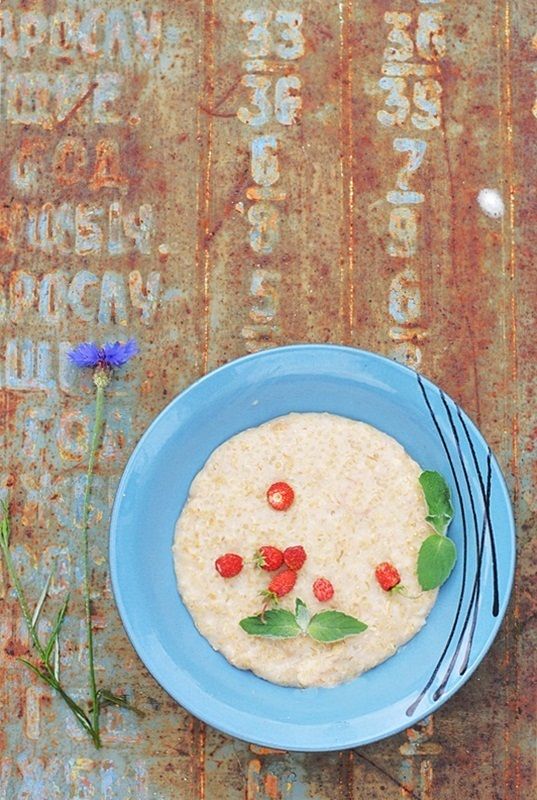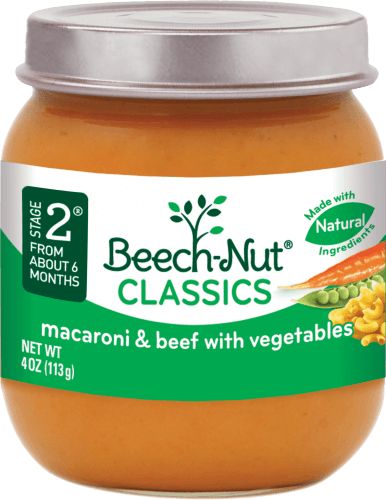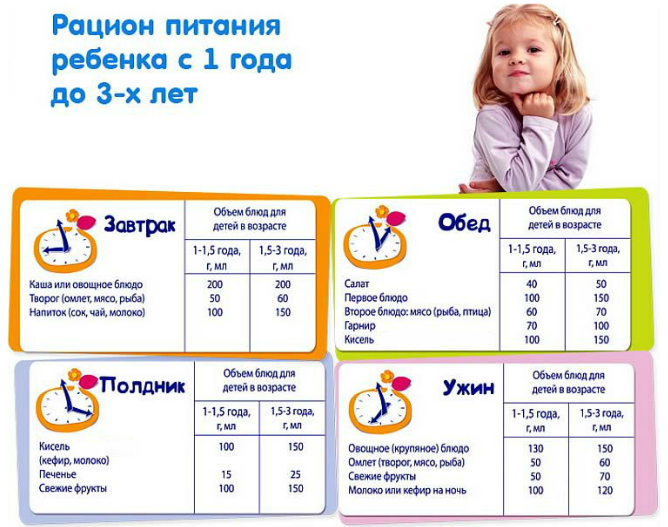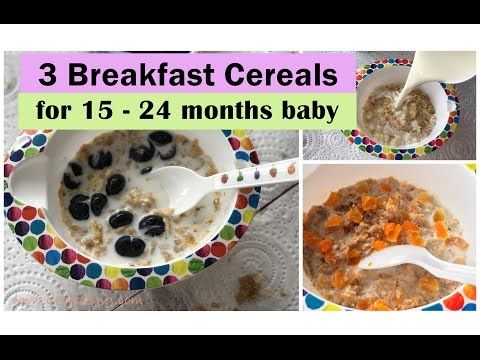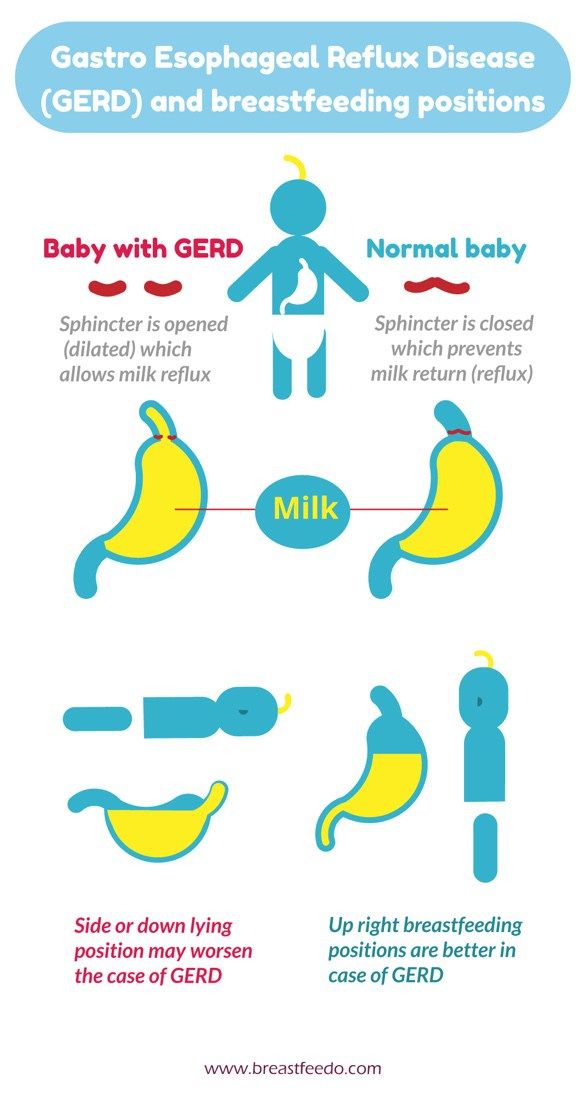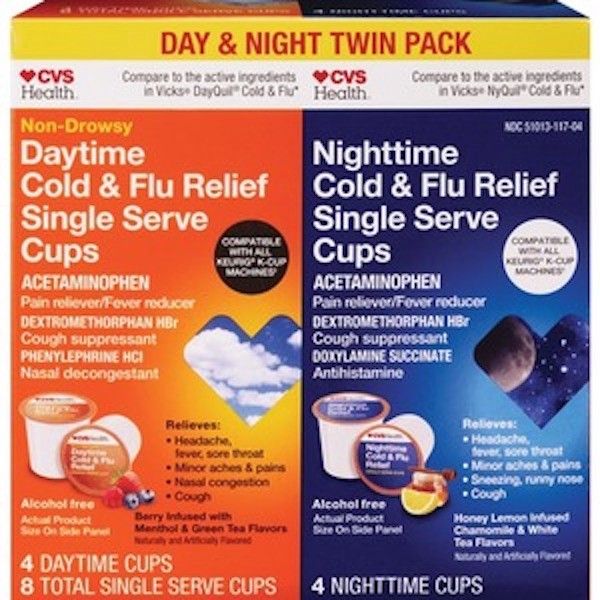Feeding baby hummus
Can I Give My Baby Hummus? (Benefits of Doing So)
Introducing new foods to your baby is one of the most exciting milestones of early parenthood. It’s so adorable when they make a funny face as they try something new.
It gives you satisfaction knowing your little one is eating a wholesome diet. But it’s also a process requiring patience and research.
Introducing some foods too early may result in an allergic reaction or tummy aches. If it’s not soft, pureed, or given only in small quantities, it can also be a choking hazard.
What about something simple like a vegetable mash? Root vegetables such as potatoes and carrots are practically staple foods for babies — but what about mashed chickpeas? You might be wondering, “Can I give my baby hummus?”
Table of Contents
- What Is Hummus?
- When Can a Baby Eat Hummus?
- Ingredients to Watch Out For
- Baby-Friendly Hummus Recipe
- Ready to Serve
What Is Hummus?
Hummus is a mash of boiled chickpeas, usually with other ingredients such as garlic, tahini, and lemon juice. Hummus is a healthy snack, and it’s quite tasty too. Adults generally eat it as a dip for vegetables or as a spread on crackers or bread.
You can purchase it or make it at home (we have a recipe for you to try further down in the article).
Hummus has always been a popular side dish in the Middle East. It traces back to ancient times, although it’s uncertain where it originated. The recipe will vary depending on which country you visit.
Chickpea mash has a lot of beneficial properties. It’s rich in iron, protein, vitamin B6 and E, as well as potassium. The added ingredients such as garlic and olive oil also pack a punch in terms of healthy nutrition (1).
When Can a Baby Eat Hummus?
Generally, you shouldn’t introduce solid foods to your baby before 6 months of age (2). Until then, they get all the nutrition they need from formula or breast milk.
You can begin to introduce bland hummus around 6 to 8 months.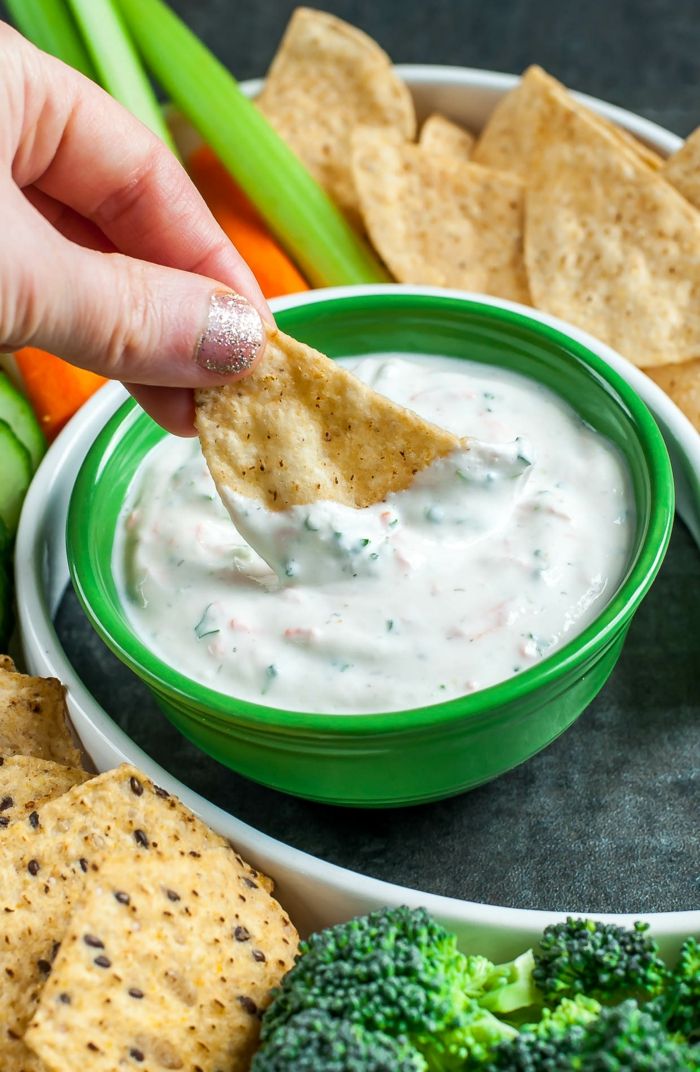 Bland hummus is chickpeas and olive oil, blended without added salt, tahini, or other spicy ingredients. Your baby’s digestive system is still developing, so certain ingredients can quickly upset it.
Bland hummus is chickpeas and olive oil, blended without added salt, tahini, or other spicy ingredients. Your baby’s digestive system is still developing, so certain ingredients can quickly upset it.
Tips for Introducing Hummus
Start gradually. Give your baby a tiny portion of hummus along with some of their favorite food. Wait three days before you introduce another new food. Then, if your baby has an adverse reaction, you’ll know the culprit is the hummus.
Start gradually. Give your baby a tiny portion of hummus along with some of their favorite foods. Wait three days before you introduce another new food. Then, if your baby has an adverse reaction, you’ll know the culprit is the hummus.
Although hummus is a superfood, shop-bought, mass-produced hummus can contain ingredients not suitable for small babies, including preservatives and emulsifiers.
If you’re making your own, once baby reaches 12 months of age or so, you can begin to liven your recipe up a bit.![]() Add some mild spices, lemon juice, and garlic.
Add some mild spices, lemon juice, and garlic.
In practice, I discuss introducing proteins into the diet at the 6 and 9-month-old well visits. If an infant began cereals at 4 months old and has tolerated some fruits and vegetables, I give the go-ahead to start meats and legumes. This includes chickpeas. For families who follow a vegetarian diet, chickpeas are often one of the first proteins offered. A small amount of seasoning is fine to add, making them more palatable, but I suggest limiting the amount of salt.
Per the updated AAP recommendations for allergenic foods, I discuss introducing nut butters between 6 to 9 months old as well. Tahini is included in this category. After years of stating otherwise, early introduction of such foods has been found to be protective against the development of allergic reactions (3).
That said, these foods should still be introduced one at a time over 3 to 5 days so that the offending food can be identified if an allergic reaction occurs.
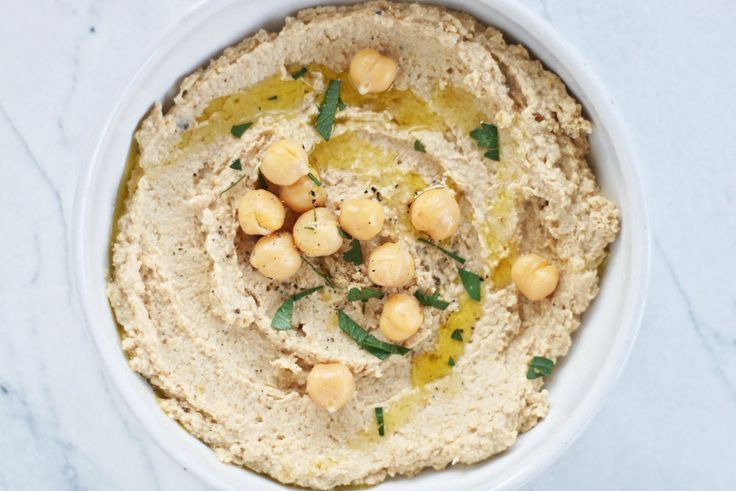
Editor's Note:
Dr. Leah Alexander, MD, FAAP
Ingredients to Watch Out For
Food allergies are a common worry when introducing new foods to your baby. For a long time, it was recommended to steer clear of allergenic ingredients that could potentially cause a reaction.
Some experts now suggest, though, that delaying the introduction of allergenic foods can increase the chances of food allergies. They recommend offering some of these ingredients as early as 6 months. Still, consult your pediatrician for guidance specific for your baby (4).
Here are some common hummus ingredients to watch out for:
1. Tahini
Tahini is likely to be the most concerning ingredient found in hummus. Tahini is a paste consisting of roasted sesame seeds and oil, blended into a smooth paste.
Sesame seeds are much like peanuts — they can cause severe allergic reactions. It’s one of the most allergenic foods there is.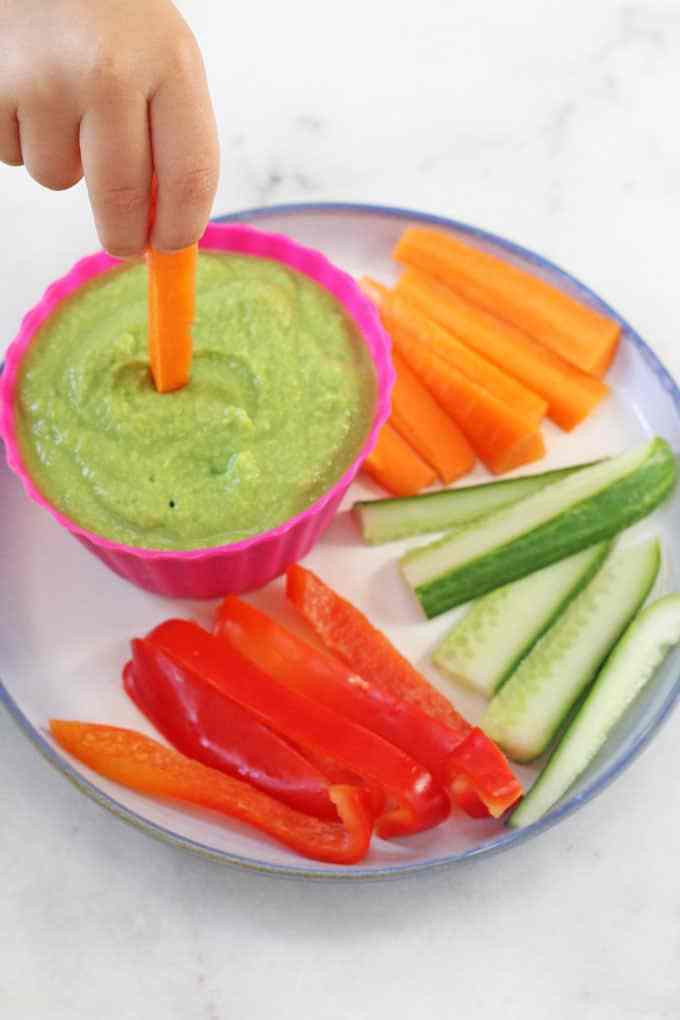
It’s been discovered that many children have a sesame allergy before the age of 2. However, 20 percent of those who are initially allergic, develop tolerance at around 3 years old (5).
Signs of sesame allergy in children usually range from an itchy mouth or hives to anaphylaxis, a life-threatening reaction. If a reaction occurs, it’s generally right after consuming the ingredient. There may be no allergic reaction during the first taste, and these symptoms develop instead during subsequent exposures. For this reason, only one new food should be introduced at a time and for a few consecutive days.
If you have any concerns, it’s best to leave tahini out of hummus until 12 months of age.
As a precaution when starting any new food, it is a good idea to have a bottle of Benadryl in the home in case of an allergic reaction. If one does occur, call your pediatrician. I often review the weight appropriate dose of Benadryl during well visits as an additional precaution.
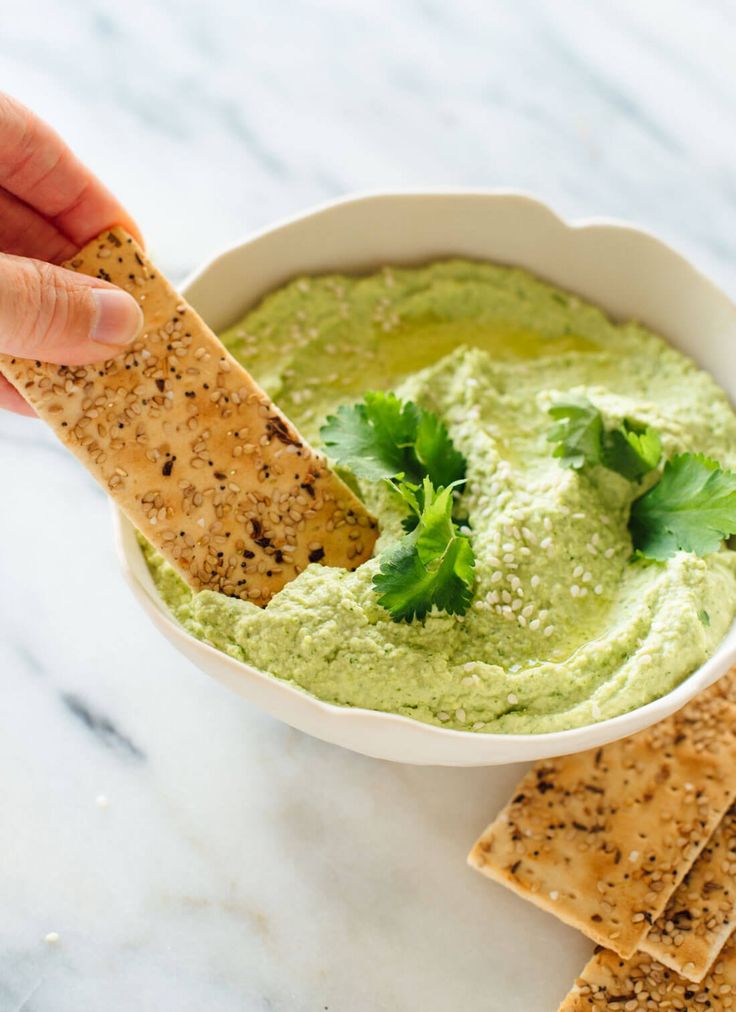
Editor's Note:
Dr. Leah Alexander, MD, FAAP
2. Garlic
Garlic is a primary ingredient in hummus and adds a significant amount of health benefits to the mash. You should still be a little careful though.
Raw garlic has a powerful taste, and most hummus recipes call for fresh. Because of this, there is a chance of an allergic reaction. It can also cause gas, which may make your little one uncomfortable.
While garlic isn’t an ingredient to steer completely away from, it’s best to proceed with caution. Add it gradually to your hummus and observe your baby’s reaction to it.
3. Salt
This isn’t a huge concern if you’re making the hummus from scratch. You can keep it out or add a small pinch. If you opt for store-bought, watch out for the salt content.
Too much-added salt can meddle with your baby’s developing kidneys. Babies under 1 year of age shouldn’t consume more than .03-ounce (1 gram) of salt per day (6).
4. Chickpeas
Yes, the main ingredient in hummus is also one you should watch out for. Chickpeas are excellent, as long as consumption is moderate. They tend to cause gas, which can make your little one uncomfortable or fussy.
If your baby is prone to gas and tummy-related issues, perhaps hold off on the hummus until 8 months or more.
Baby-Friendly Hummus Recipe
Here are the ingredients you’ll need:
- A 14-ounce can of pre-cooked chickpeas (no added salt).
- Two tablespoons of tahini (leave this out if concerned).
- Two to three tablespoons of lemon juice.
- Two crushed and peeled cloves of garlic.
- Two to three tablespoons of olive oil.
Here’s what you do:
- Drain the chickpeas: Drain the water and place them in a food processor together with the other ingredients.
- Blend: Blend the ingredients on slow speed for a couple of minutes until smooth.
- Check consistency: Grab a spoon and inspect the texture.
 If it’s too thick or grainy, add more olive oil or a little water.
If it’s too thick or grainy, add more olive oil or a little water. - Serve: Once it’s nice and creamy, you’re ready to serve.
Please Note
Leave the added ingredients out initially, except for olive oil. See how your baby reacts and add the rest gradually.
Ready to Serve
Ensuring that your baby eats a wholesome diet is essential. However, what’s good for adults isn’t always suitable for babies.
So, can I give my baby hummus? Yes, you can. After the six-month mark, offering your baby bland hummus without added ingredients should be fine.
As your little one gets more comfortable with different foods, add in more flavors. Our recipe above is a great place to start. If you have concerns, always consult your pediatrician.
Feedback: Was This Article Helpful?
Thank You For Your Feedback!
Thank You For Your Feedback!
What Did You Like?
What Went Wrong?
Hummus 4 Ways - Baby Led Feeding
Hummus 4 Ways - Baby Led FeedingFilter recipes
Meals & Courses
- Breakfast
- Lunch
- Dinner
- On the Side
- Dips & Sauces
- Healthy Snacks
- Natural Treats
Recipe Types
- Spring Recipes
- Christmas Recipes
- Indian Recipes
- BLW Recipes 6-9 Months
- BLW Recipes 9-12 Months
- BLW Recipes 12 Months+
- Toddler Recipes
- Baby Finger Foods
- Quick and Easy Recipes
- Slow Cooker Recipes
- Weekend Fake Away
- Quick Winter Recipes
- Pancake Recipes
- BLW Muffin Recipes
- Pasta Recipes
- Rhubarb Recipes
- Summer Recipes
Special Diets
- Vegan
- Vegetarian
- Dairy Free
- Egg Free
- Gluten Free
- Nut Free
RecipesMeals & CoursesDips & Sauces Hummus 4 Ways
Recipe By
Share this recipe on:
Hummus is one of the healthiest and tastiest snacks you and your family can eat. It has a good mix of protein, fat, minerals and fiber and keeps hunger at bay. Yes you could buy a tub from your local supermarket but it won’t come with the same satisfaction as putting everything into a blender and whizzing up your own batch. Besides the fact that it is cheaper it will also taste even better than the store bought versions! There are so many ways you can make up hummus but these 4 are my personal favourites.
It has a good mix of protein, fat, minerals and fiber and keeps hunger at bay. Yes you could buy a tub from your local supermarket but it won’t come with the same satisfaction as putting everything into a blender and whizzing up your own batch. Besides the fact that it is cheaper it will also taste even better than the store bought versions! There are so many ways you can make up hummus but these 4 are my personal favourites.
from 2 reviews
Print recipe
Leave a Review
Ingredients
400g Cook Chickpeas (1 Tin drained)
6 Cloves Garlic Skin On
4 Tablespoons Tahini
4 Tablespoons Water
4 Tablespoons Olive Oil
1 Lemon Juiced
Pinch Paprika
Options
1 Cup Tightly Packed with Spinach
2 Red Bell Peppers Cut into quarters and roasted
2 Small Beetroots peeled and roasted until soft
Method
Basic Hummus.
- Pre-heat oven to 180ºC.
- Wrap the garlic cloves in some tin foil and bake for about 20 minutes.
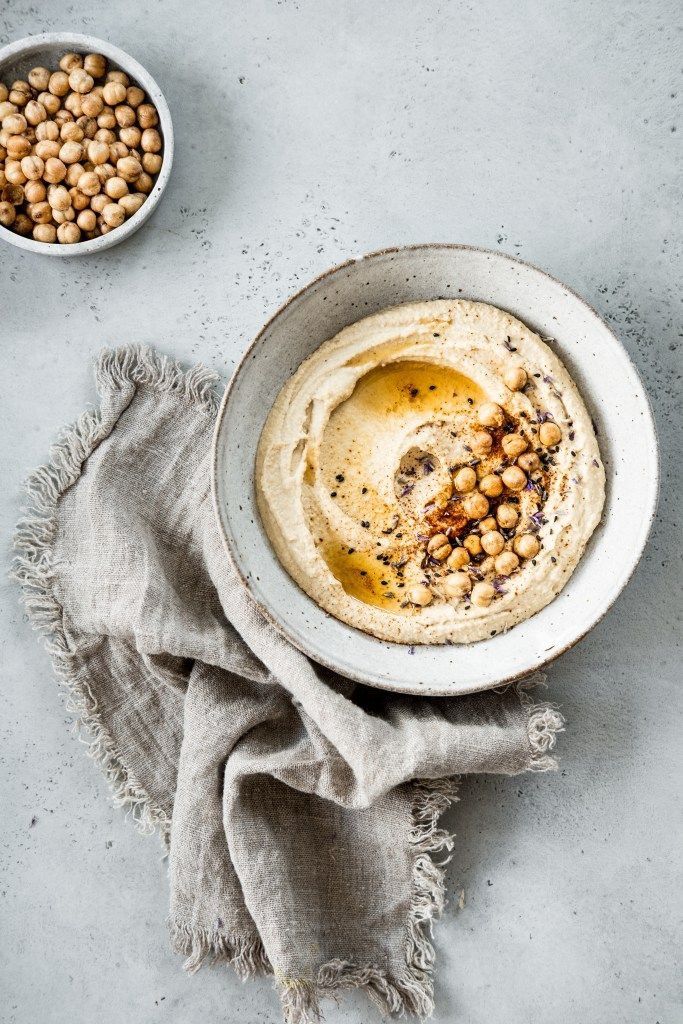 It is important to do this for baby hummus as raw garlic is hard to digest. When cooked remove the skin.
It is important to do this for baby hummus as raw garlic is hard to digest. When cooked remove the skin. - Add all of the ingredients to your blender and blend until your hummus is smooth. You can add more water if your hummus is too thick. Add a tablespoon at a time.
- Sprinkle the paprika on top and serve with some soft pitta bread or vegetables. Also makes a great spread for toast.
Grilled Red Pepper Hummus
- Cut the red bell peppers into 4 pieces, rub a little olive oil on them and place them skin side up under the grill on full heat.
- Grill until the skin has started to turn dark almost burnt looking and starting to bubble. Turn over and cook the other side for about 3 minutes.
- Place the hot peppers into a zip locked bag or if you don’t have one handy you can also wrap the hot peppers in tin foil. Its important not to let any steam out.
- Leave for about 20 minutes or until they have cooled. The skin should peel off easily.

Place into the blender with your basic hummus and blend until completely smooth and fully combined.
Beetroot Hummus
- Peel the beetroot and cut into small chunks. Cover with a little olive oil and roast for about 50 mins until the beetroot is nice and soft.
- Add the beetroot to your basic hummus and blend until fully combined and a beautiful pink colour.
Spinach Hummus
- Add a tightly packed cup full of spinach to the basic hummus and blend until the hummus changes to a super hero green colour and is fully combined.
Recipe Notes
If using a nutribullet use the pulse rather than at full blend setting. Blending on full makes the hummus quite watery. Hummus can be frozen. When thawed ensure to stir to combine any separation.
Toddler Recipes Dips & Sauces Quick and Easy Recipes Dairy Free Beans and Lentil Recipes Egg Free Beetroot Recipes Gluten Free Recipes for Fussy Eaters Nut Free Picnic Recipes Vegan Spinach Recipes Vegetarian Sweet Potato Recipes BLW Recipes 6-9 Months Vegetable Recipes BLW Recipes 9-12 Months BLW Recipes 12 Months+
Writen by Aileen Cox Blundell - number one bestselling author, award winning blogger and Mum of 3 kiddies who all eat their veggies.
You might also like these dips-sauces recipes
Load More Recipes
Videos
MOST VIEWED VIDEOS
Blueberry Oat Bars
Up next
Baby Led Weaning Chilli Baked Bean Cowboy Pie
Videos
MOST VIEWED VIDEOS
Baby Led Weaning Chilli Baked Bean Cowboy Pie
Up next
Apple and Cinnamon Super Breakfast Muffins
Videos
MOST VIEWED VIDEOS
Apple and Cinnamon Super Breakfast Muffins
Up next
Chicken and Veggie Pies
Videos
MOST VIEWED VIDEOS
Chicken and Veggie Pies
Up next
Broccoli and Cauliflower Egg Free Fritters
Videos
MOST VIEWED VIDEOS
Broccoli and Cauliflower Egg Free Fritters
FREE Recipes
The Baby Led Feeding Newsleter contains exclusive recipes, meal plans and more to your inbox.
We never share your details or send spam. Ever!
On the gram
What us cool Moms call Instagram
Breakfast can quickly become ‘do you want porridTeenie Tiny Meatballs 🍝 This recipe is
Baby Led Weaning Broccoli and Cauliflower Nuggets. 8 Easy Snack Ideas for Toddlers and Baby-Led Weani Follow on InstagramPhilips AVENT - The different stages of weaning
The different stages of weaning
Weaning is a learning process because babies will only appreciate and love new flavors and textures when they try it.
Steps to introduce complementary foods
Information from Clinical Pediatric Dietetics, third edition, 2007
essential nutrients.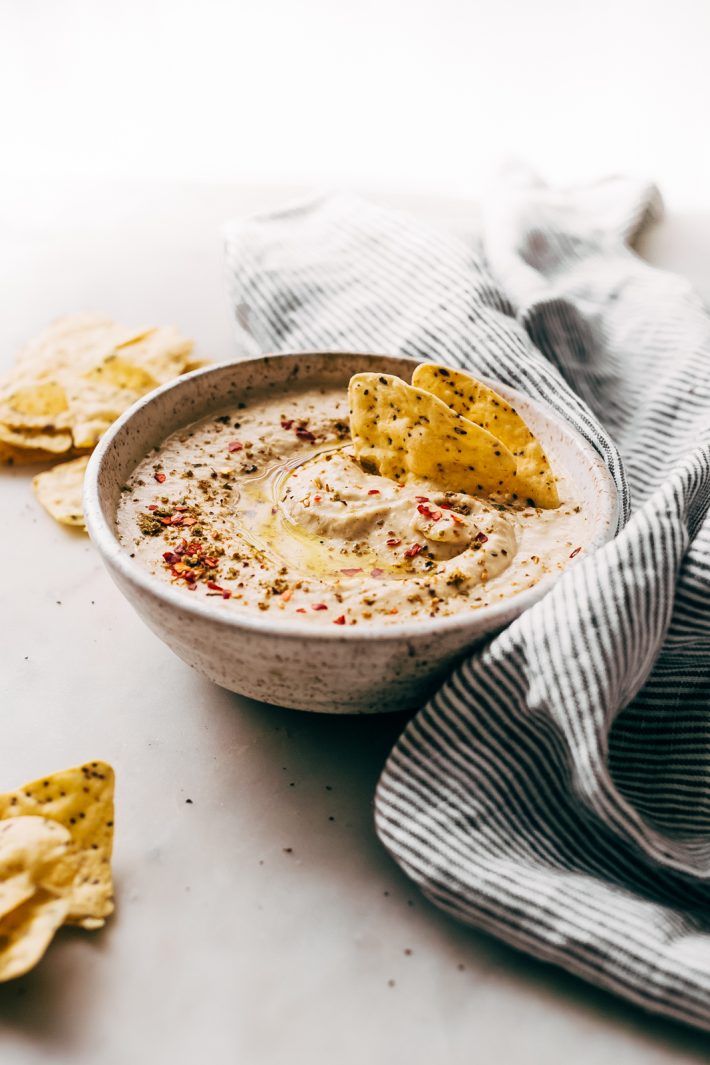 Of course, it is best if it is homemade food that the child will eat with adults:
Of course, it is best if it is homemade food that the child will eat with adults:
Four food groups:
- Starchy foods - potatoes, rice, oatmeal, pasta and other grain products
- Meat, fish, eggs, nut butters and legumes such as lentils, dal, hummus
- Fruits and vegetables
- Yoghurt and cheese (non-fat). Whole milk for cooking.
What foods can be given and when?
Stage 1: 4-6 months
All of the foods listed are good to start weaning, but most moms prefer grains, roots, or fruits diluted in milk. nine0005
All vegetables
All fruits
All grains - rice, wheat and cornflakes
Lean meats, well-cooked poultry or fish
Hard-boiled eggs
Dal, lentils, hummus and other beans
Nuts - ground or in the form of a nut paste, such as ground almonds or peanut butter
Soft cheeses and yoghurts
Grated cheese mixed with warm food.
Texture
First, offer your child liquid puree.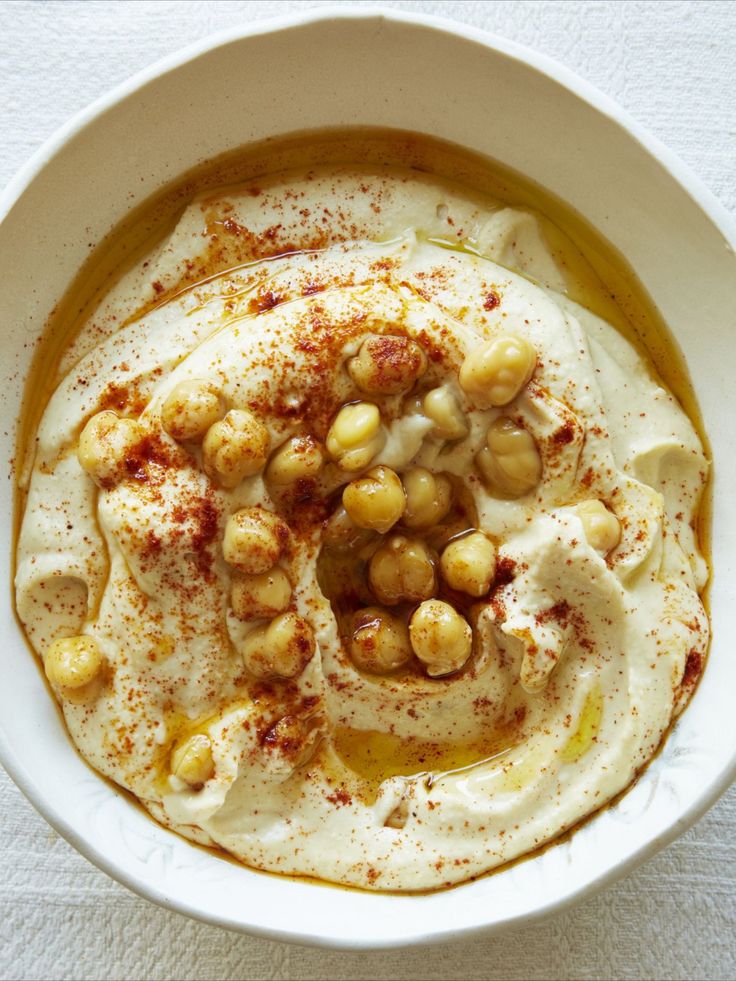 As your baby gets used to spoon-feeding, you can try giving him a thicker puree or well-mashed food.
As your baby gets used to spoon-feeding, you can try giving him a thicker puree or well-mashed food.
Acquired skills:
- ability to eat from a spoons
- Moving the food to the root of the tongue and swallowing
- Ability is more thick and wiped products
Stage 2: 6–9 months
In addition to all the above products, in addition to the above products, in addition to the above products can also include:
Liver - no more than one small serving per week due to high vitamin A content. Meat can still be ground to a puree consistency, soft meat can be pureed.
Skills learned:
- Moving food pieces in the mouth
- Chewing food pieces
- Ability to eat independently with hands
- Ability to drink from a cup
Examples of soft foods that can be eaten with the hands
Pieces of soft fruit, such as mangoes, melons, bananas, soft and ripe pears, peaches, papaya and kiwi fruit
Sticks of boiled vegetables, such as carrots, green beans, squash, potatoes and sweet potatoes
Cooked vegetable pieces, such as broccoli and cauliflower florets
Cooked pasta pieces
Bread or toast pieces
Cheese cubes
Fried vegetable sticks, eg potatoes, sweet potatoes, turnips, peppers, carrots, courgettes.
Drinks
Water with meals, milk or milk pudding after meals
Diluted fruit juices that promote the absorption of iron from fruits and vegetables.
Stage 3: 9-12 months
Complementary foods can include all of the above, as well as homemade meals prepared without added salt or sugar.
Texture
Pureed and finely chopped foods, foods that can be eaten with your hands (such as fresh fruits and vegetables chopped with sticks), and a variety of homemade foods such as sandwiches or toast. nine0005
Skills to be learned:
- Chewing of crushed and finely chopped food
- Attempting to eat with a spoon
After 12 months not recommended until one year:
Honey
Foods that use salt as a preservative, such as bacon and canned food with added salt
Unpasteurized soft cheeses
Foods containing added sugar should only be given at meals to prevent tooth decay.
Drinks
When your baby is one year old, whole cow's milk can be included in his menu. Semi-skimmed milk can be offered to children over 2 years of age.
Semi-skimmed milk can be offered to children over 2 years of age.
Please note that the information contained in these articles is only general advice and should not be used as a substitute for consulting a physician. If you, your family member, or your child develop symptoms or illnesses that are severe or persistent, or if you need professional medical attention, see your doctor. Philips Avent accepts no liability for damages resulting from the use of the information provided on this site. nine0010
The diet of a one-year-old child / What and how to feed a baby - an article from the "What to feed" section on Food.ru
Principles of nutrition for a child per year
parents' plates, this does not mean that it is time for him to change to a common table. At the very least, the diet of a one-year-old child should be very different from that of an adult.
Adult food is often unbalanced, prepared in an unsuitable way for a baby, contains a lot of sugar, salt and spices. Such food harms the growing organism. Therefore, first of all, build the right diet. nine0005
Such food harms the growing organism. Therefore, first of all, build the right diet. nine0005
-
It is recommended to eat 3-4 times a day for 300-400 g plus 1-2 snacks between feedings.
-
From the first year of life, the baby can chew solid food.
-
If lactation continues, breastfeed until 2 years of age.
-
Avoid fast food and sugary sodas.
A one-year-old's diet might look like this:
-
8:00 am - breakfast.
-
12:00 - lunch.
-
16:00 - afternoon tea.
-
19:00 - dinner.
-
21:00 - snack.
Advice
600 ml is the recommended amount of milk for a baby to drink daily.
If breastfeeding, feed your baby after waking up, in the afternoon after dinner, or before bed. You need to feed at the same time with a delay of 15-20 minutes.
Proper nutrition helps to form reflexes, which improves the absorption of nutrients in the body. nine0005
nine0005
How much should a one year old child eat
A baby's diet should include 1000-1400 kcal per day. The calculation is as follows: multiply the weight of the child by 100 kcal.
The calorie content is distributed as follows:
-
breakfast - 250 kcal;
-
lunch - 350 kcal;
-
afternoon tea - 200 kcal;
-
dinner - 200 kcal.
Healthy food contains enough vitamins, minerals and nutrients: proteins, carbohydrates and fats. It is necessary to include fatty foods in the child's diet: milk, butter, sour cream, cream. Fatty food promotes the absorption of trace elements in the body. nine0005
Interesting fact
10% of one-year-old children in Russia are overweight. They are not properly fed, they are allowed to eat fast food and drink soda. Obesity at an early age leads to vascular disease, heart disease, diabetes, mental disorders and other serious disorders.
Child's menu per year
Balanced menu includes specialty meals designed to meet the needs of children, plus "adult" foods: meat, fish, eggs, dairy products, fruits, vegetables, cereals, bread, pastries and legumes.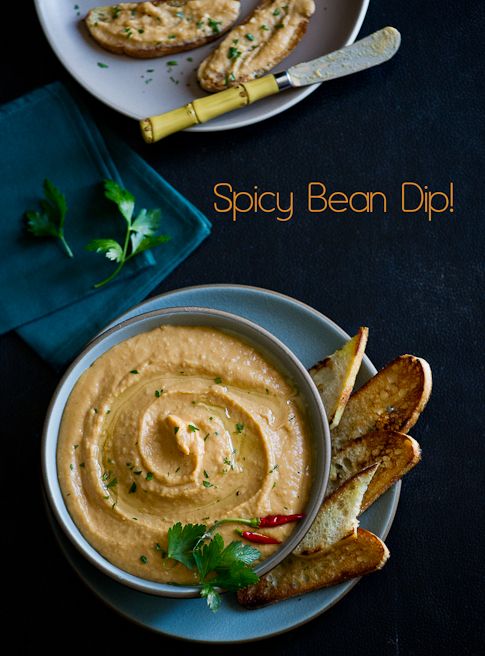 nine0005
nine0005
It is good to eat milk porridge for breakfast. It is a rich source of vitamins, minerals and fiber. Fiber is good for intestinal microflora: it regulates the balance of beneficial and harmful bacteria.
Meat is a source of animal protein, indispensable for a growing organism. WHO recommends that children eat 60–70 g of meat per day. It can be served as steam cutlets, meatballs in soup, or any other attractive form. Offal and meat products are harmful to a one-year-old child.
It is also desirable to gradually expand the vegetable menu. Vegetables contain many vitamins, minerals, trace elements and organic acids that are beneficial to the body. Gradually introduce boiled carrots, cabbage, zucchini, turnips, beets into the baby's diet.
Legumes are a source of vegetable proteins. Beans, lentils, green peas diversify the baby's diet. They contain useful trace elements, vitamins, as well as coarse fiber. Therefore, legumes need to be boiled and chopped in a blender. Beans should not be eaten too often either, as they cause bloating and, in rare cases, diarrhea. nine0005
Beans should not be eaten too often either, as they cause bloating and, in rare cases, diarrhea. nine0005
Fruit diet improves immunity, especially in winter when the body is weakened. Fruit goes well with cereals or served as smoothies and juices.
Sugar and salt lead to nutritional imbalances, cardiovascular problems and obesity. Avoid cakes, pastries, chocolate bars and other sweets. Replace sugar with fructose, which is abundant in fruits, or honey.
What to drink? Water, lots of water. It is advisable to make sure that the child has drunk a glass of liquid after eating. He himself will not ask, because he still does not know how. When a one-year-old child is thirsty, he begins to act up. Sweet soda should be excluded from the diet of the baby. nine0005
What foods should not be given to a one-year-old child
Approach the baby's menu carefully. Do not rush to transplant him to an adult table. Among the forbidden foods for a one-year-old child:
-
Fried foods, including chips, snacks and fast food.

-
Meats and offal such as sausages and sausages, other than liver, heart and tongue.
-
Curds, ice cream, condensed milk, koumiss.
-
Mushrooms. nine0005
-
Products containing colorants and flavors.
-
Cream confectionery containing vegetable protein.
-
Carbonated drinks.
-
Concentrates like Doshirak.
-
Caramel and gum.
-
Pickled vegetables and fruits.
-
Spices and condiments, including ketchup, mayonnaise and other sauces.
-
Smoked products. nine0005
Advice
Buy food from stores labeled "Baby Food". The label often says for what age this product is intended. There are no additives, GMOs, artificially grown products and other things in baby food. Read the contents of the label carefully. Often unscrupulous manufacturers use false labels for marketing purposes.
What to do if the child does not want to eat
It is difficult to persuade children to try unusual food. There are four ways to deal with this problem:
There are four ways to deal with this problem:
-
Lead by example before introducing new foods. When he sees that adults eat with appetite, he involuntarily wants to try it. But remember that the baby gets used to a new food only from the tenth time.
-
Try one new product at a time. A child needs time to get used to it. New food should be combined with what is already loved.
-
Don't force your child to eat something they don't like. Let him choose what he wants. nine0005
-
Food should be as simple and familiar as possible. Children do not like dishes with many obscure ingredients like casseroles.
Tip
Babies eat better when they are relaxed. Work up an appetite during a walk or after a game. Never teach children to watch TV or smartphones while eating. Eating should be extremely calm.
Benefits of pre-mixed formula
Don't be afraid to switch babies to formula instead of breastfeeding.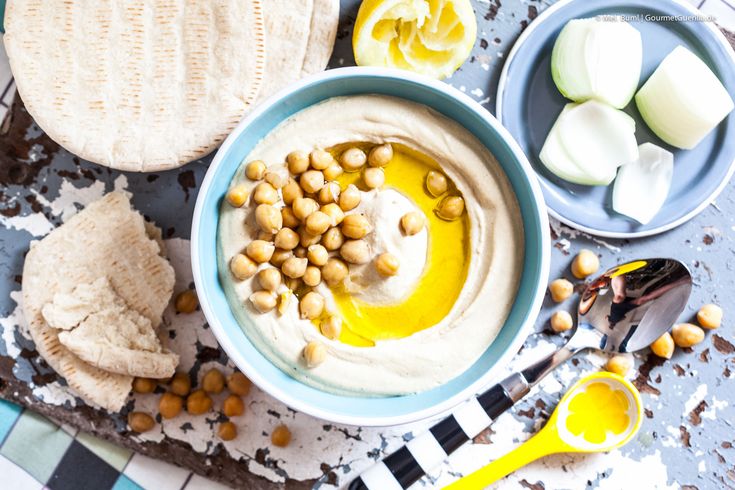 They benefit the baby's body, unlike, say, goat's milk. Goat's or cow's milk is too low in nutrients and high in protein. Its digestion increases the load on the gastrointestinal tract of the child and leads to obesity. nine0005
They benefit the baby's body, unlike, say, goat's milk. Goat's or cow's milk is too low in nutrients and high in protein. Its digestion increases the load on the gastrointestinal tract of the child and leads to obesity. nine0005
Three advantages of mixtures:
-
Contains polyunsaturated fatty acids that are beneficial for the baby's body.
-
Rich in probiotics and prebiotics, live bacteria that maintain normal intestinal microflora.
-
Give your child the necessary balanced intake of vitamins and minerals.
Tip
Formula will not replace breast milk.
What can be done?
Set a clear power mode. Make a menu for every day: breakfast, lunch, afternoon tea, dinner, snack. Write down the products and their quantity. The children's menu should be varied and balanced, contain sufficient nutrients, minerals and vitamins. Introduce new foods gradually and do not force the child to eat something that he does not want in a year.